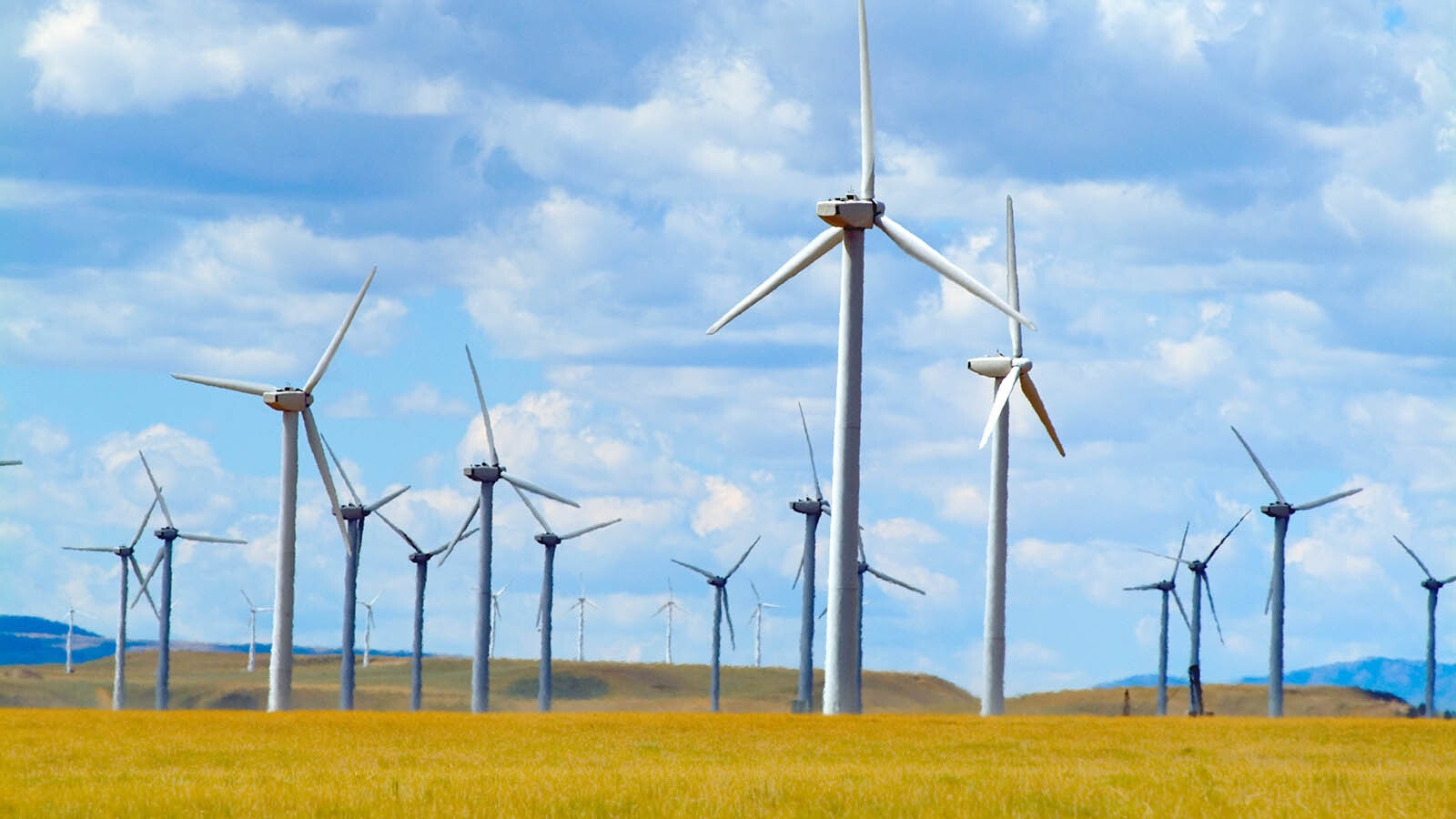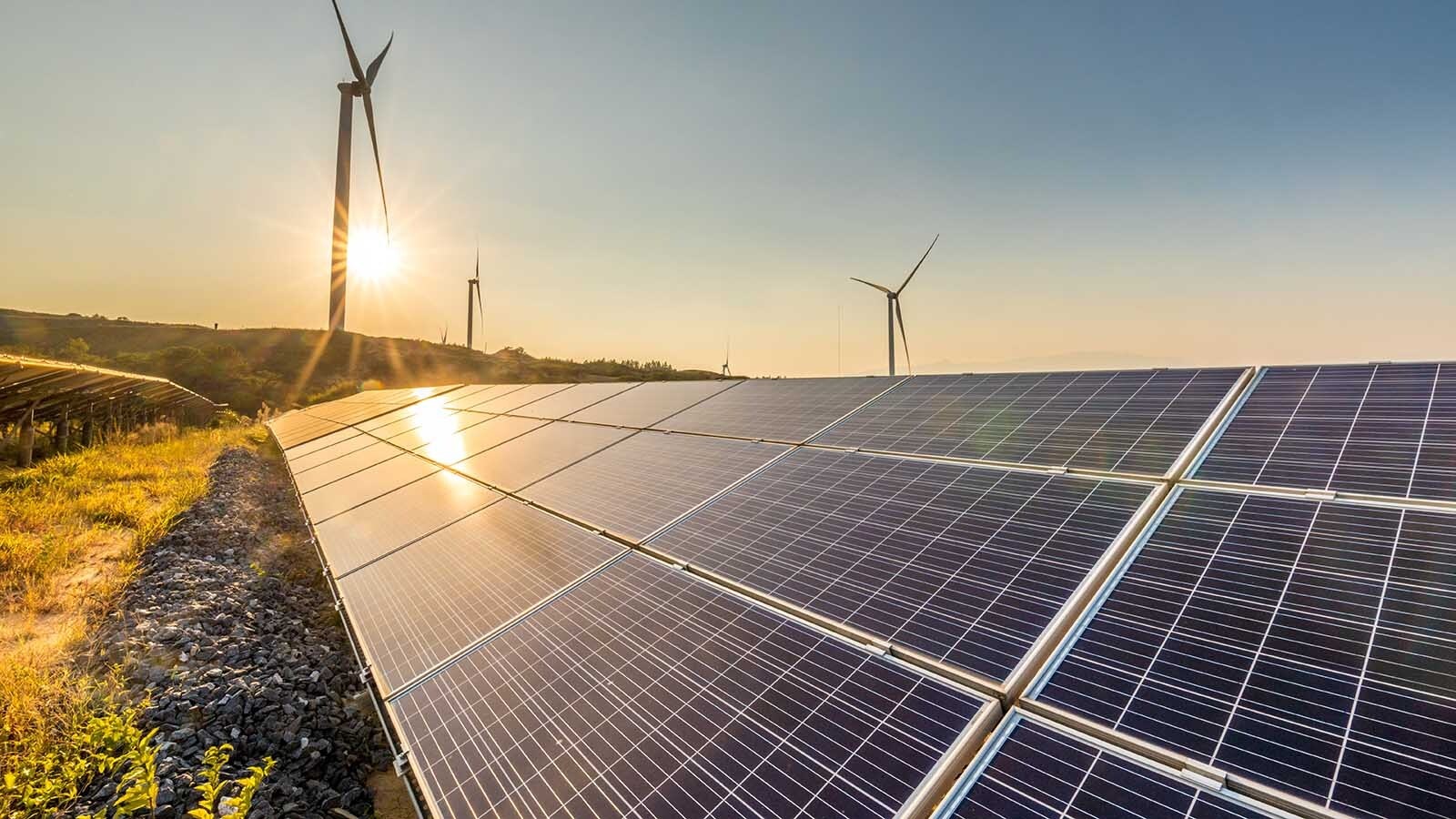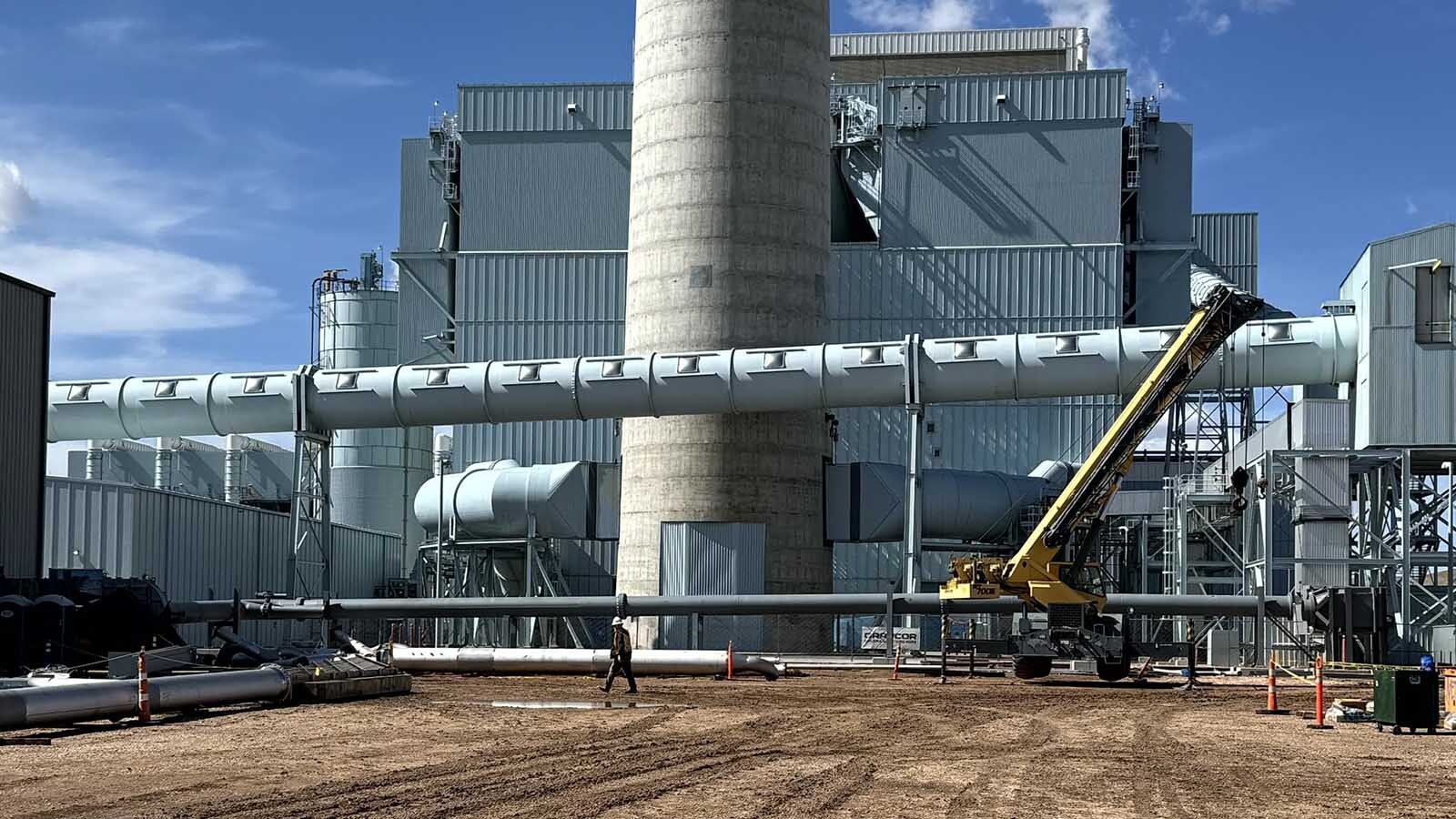Tesla is concerned there is a glitch with its self-driving vehicles that could cause them to drive past stop signs without stopping, go straight in turn-only lanes and otherwise not use “due caution.”
The company is “recalling” all 363,000 U.S. vehicles equipped with its Full Self Driving (FSD) software. One Wyoming automotive expert says drivers need to pay attention to this, but other Wyomingites who drive Teslas think it’s no big deal.
Beta Software
The software, which isn’t installed on all Tesla vehicles, is in beta, meaning it’s still in development. Select users have the system in their Teslas, which steers the car along roadways, brakes for people and other cars in the path of the vehicle, and stops at stop lights and stop signs.
It still requires a human driver to interact with the system, and the system will shut off if a driver takes his hands off the wheel for too long.
The recall notice posted on the National Highway Traffic Safety Administration states that the system “may allow the vehicle to act unsafe around intersections, such as traveling straight through an intersection while in a turn-only lane, entering a stop sign-controlled intersection without coming to a complete stop, or proceeding into an intersection during a steady yellow traffic signal without due caution.”
Pay Attention
Aaron Turpen, a Cowboy State Daily automotive writer and supporter of electric vehicles, told Cowboy State Daily that it isn’t a recall in the sense that people think of a recall. You don’t have to take the car to a mechanic and leave it to be repaired. It’s just a software update that’s done over the internet, he said, but the issues that led to this recall notice should be taken seriously.
“The update is because of serious errors in the full self-driving system. That’s a bigger deal. That’s a big safety issue,” Turpen said.
Turpen doesn’t own a Tesla and hasn’t driven one in a couple years, but he has driven a wide variety of EVs. In fact, he reviewed the Ford F-150 Lightning electric truck this week.
Turpen said automobile manufacturers stress test cars over years in all kinds of ways to find defects before the cars hit the sales lots.
“They want to find those faults because they’re the ones who eat the warranties when those faults aren’t found and fixed first,” Turpen explained.
With software developments, it’s a bit easier to fix, but that shouldn’t diminish the concern people place on this latest recall.
“I know they get downplayed a lot. Musk himself likes to downplay them. But in this case, it does need to be paid attention to,” Turpen said.
Flat Wrong
Cheyenne Tesla owner TJ Doan, who has the FSD system installed on his Tesla Model 3, called the issue a FUD. That’s an acronym meaning fear, uncertainty and doubt. It’s another word for fear mongering.
Doan told Cowboy State Daily the cars’ software system works like a Windows update. It automatically updates when there’s a new version of the software and the car is connected to wifi.
“Tesla already has a new version of the software out. So there’s no actual recall. It’s probably just going to be an update and it’s done,” Doan said.
Doan said the update has likely been installed on his Tesla, but he wouldn’t know because the updates are automatic. He hasn’t seen any problems with his FSD, so he assumes it’s already fixed.
Tesla CEO Elon Musk said the same thing on Twitter.
“The word ‘recall’ for an over-the-air software update is anachronistic and just flat wrong!” Musk tweeted.
Doan said the standard updates to improve the software come every couple of weeks.
Engaged And In Control
Jason Bloomberg, a Cheyenne physician, told Cowboy State Daily that, even if the software is acting up, it’s not designed to be driverless.
You have to be engaged and in control of the car,” Bloomberg said.
Bloomberg said he’s been using the software since late 2021, and the biggest issue he’s seen has been how it responds to the “crazy things” other drivers do.
Most often, though, the FSD is hesitant and overly cautious.
However, sometimes when painted lines on the road aren’t standard or on dirt roads, it can do strange things. The car has something like a black box in an airliner, which records all the driver inputs, 360-degree cameras around the vehicle, and all the data of what the car is doing.
Smoother Ride
There used to be a button that the driver pushed when FSD didn’t function properly, and the car sent back the last 15 or so seconds of data so that the engineers at Tesla could improve the software.
Bloomberg said that button is gone now, but anytime the driver does something that disengages the FSD, which includes braking, accelerating, or shutting the system off manually, it sends that data back automatically.
There’s also features that come and go, whenever the engineers decide they’re not working properly. Sometimes the option for automatic parallel parking is available, and sometimes it’s gone.
He said he’s seen the FSD get incrementally better with time. The car slows down smoother and makes more fluid turns than it used to, among other improvements.





